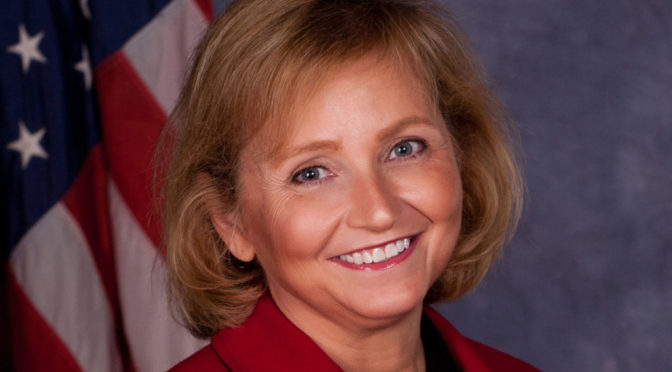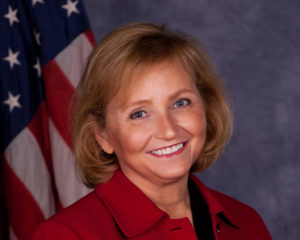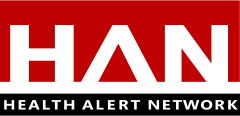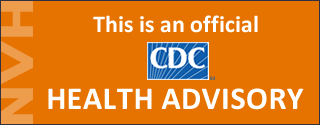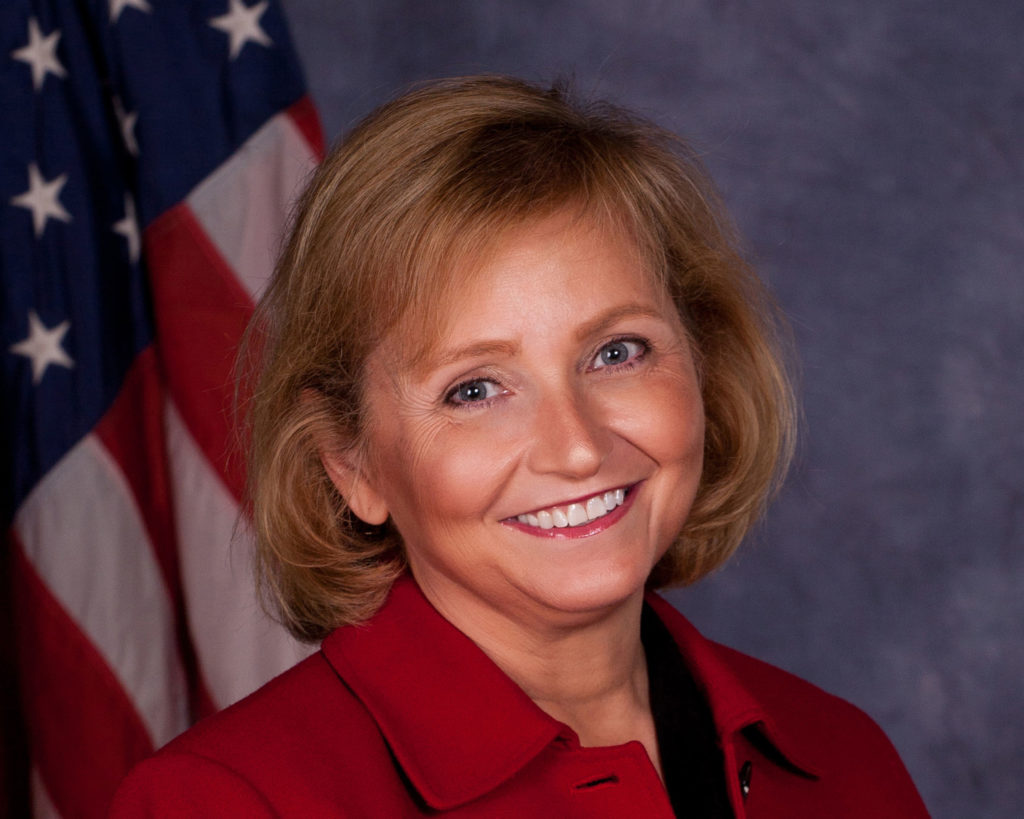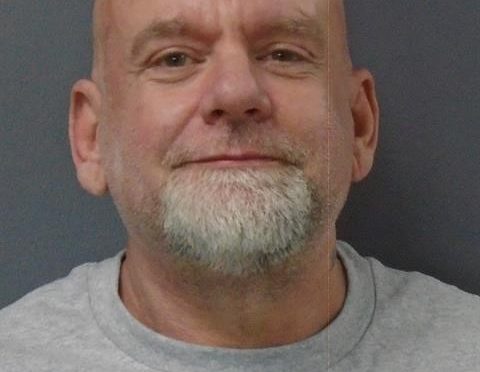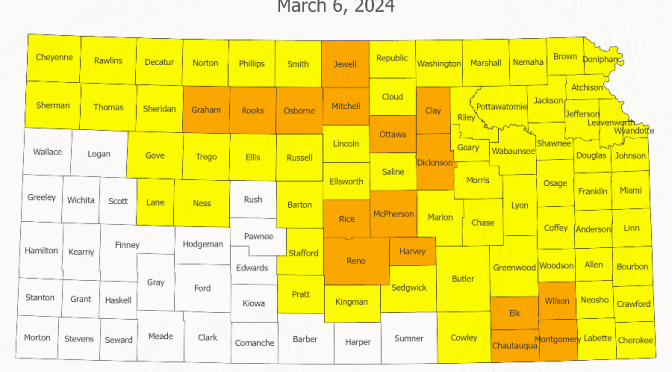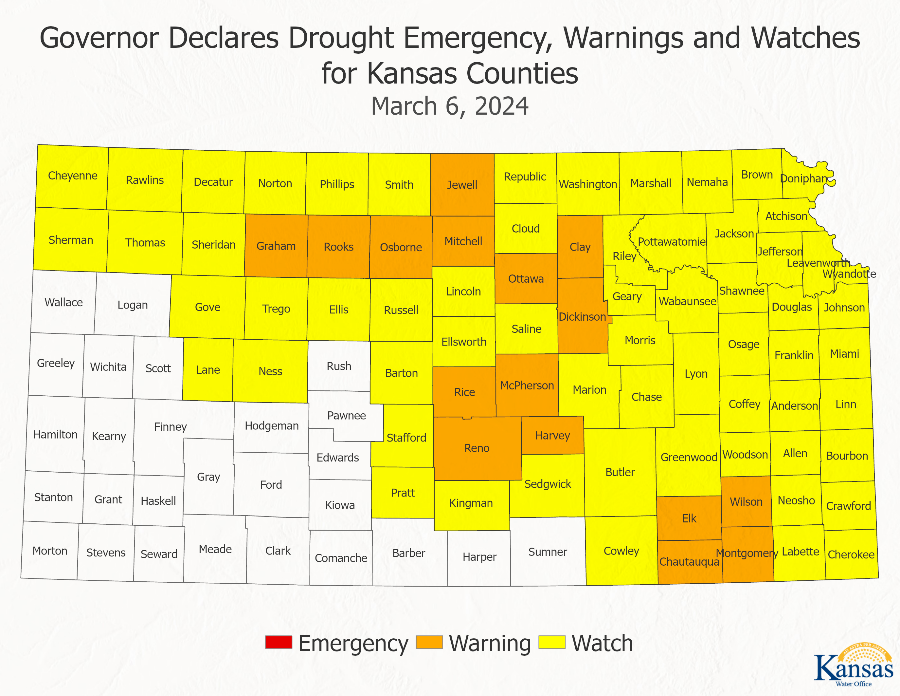DCF announces Innovative Capacity Building Grants for Therapeutic Family Foster Homes
Kansas to invest more than $4.7 million to grow availability and training of needed services to support families and prevent foster care
TOPEKA – In response to the need to provide more Therapeutic Family Foster Homes (TFFH), the Kansas Department for Children and Families (DCF) announce that seven agencies will receive $4,765,355 in grants to build capacity through innovative approaches that will significantly increase the number of homes available and provide needed training and supportive services.
Last year, the Kansas Legislature appropriated $6 million in State General Funds to support the TFFH capacity building program. TFFH receive increased training and supportive services to provide a temporary home for youth with significant emotional, behavioral, or mental health needs. The homes are part of the continuum level of care and support as a resource for children and families.
“Together, the selected agencies will grow the network of Therapeutic Family Foster Homes while providing meaningful services and supports,” said DCF Secretary Laura Howard. “The approaches by the agencies span a number of thoughtful innovations with an ability to have resources customized to meet a child’s or family’s individualized needs.”
The innovative mix of service delivery options will result in specific recruitment strategies and increased wraparound supports to resource families, biological families and youth. Some grants include collaboration with agencies who operate similar programs or support youth requiring a therapeutic level of care.
“DCF is committed to providing supports and services to all agencies sponsoring these types of homes,” Howard continued.
The grants are effective March 1, 2024 to June 30, 2025 with the possibility of three one-year renewals. The remaining $1.2 million of the allocated resources will be available to provide other TFFH supports, training and services.
|
Agency |
Area of focus |
Counties |
Estimated support |
Initial Award Amount: March 1 to June 30, 2024 |
Full grant amount |
|
Cornerstones of Care |
Prevention |
Marshall, Nemaha, Brown, Doniphan, Pottawatomie, Jackson, Jefferson, Wabaunsee and Shawnee |
Therapeutic prevention-based care |
$177,123 |
$512,766 |
|
DCCCA |
Prevention and Foster Care |
Douglas, Johnson, Sedgwick and Crawford |
50 children per year |
$143,905 |
$1,017,306 |
|
Eckerd Connects |
Foster Care |
Butler, Cowley, Reno, Sedgwick and Sumner |
5 to 8 TFFH |
$131,117 |
$332,014 |
|
EmberHope YouthVille |
Foster Care |
Sedgwick |
12 TFFH + 25 percent growth in outyears |
$360,509 |
$1,221,644 |
|
Foster Adopt Connect |
Foster Care |
Bourbon, Crawford, Douglas, Ellis, Johnson, Leavenworth, Reno, Shawnee and Wyandotte |
Rapid expansion of Behavioral Intervention Program |
$82,930 |
$189,507 |
|
KVC |
Foster Care |
Shawnee |
Implementation of The Mockingbird Family Model |
$245,643 |
$532,255 |
|
Pressley Ridge |
Training, Data Collection & Learning Management Software |
Statewide |
Training to staff |
$231,584 |
$959,863 |
Cornerstones of Care: Cornerstones will support families identified through open family preservation cases by supporting safety plan or respite placement options. Additional support will be available to the placement providers such as access to a virtual resource library, a daily reimbursement rate, incentive payments to placement providers, access to functional family therapy, and an in-home support specialist. This program will support increasing the capacity of TFFH homes by engaging in prevention activities to support youth in their homes and communities rather than in out of home care.
DCCCA: DCCCA will focus on the recruiting, training, and sponsoring TFFH to serve youth in DCF custody as well as through therapeutic stability placements. Therapeutic stability placements are designed for youth who are not in the custody of DCF but may be receiving support through Family First Prevention Services, Family Preservation, or Post Adoption Support. DCCCA will employ a dedicated TFFH recruiter, provide in-person and virtual support groups, specialized training for TFFH providers, mentoring, and incentives for youth, parents and placement providers. DCCCA will utilize Behavioral Interventionists as well as Functional Family Therapy when appropriate.
Eckerd Connects: Eckerd Connects will establish five to eight TFFH homes in Sedgwick, Butler, Cowley, Sumner, and Reno counties to provide TFFH services to youth placed in these homes. The approach will include a recruiter/trainer, clinical licensed mental health professional, respite, support groups, mentoring, flex funds and specialized training for TFFH. Eckerd will make their Functional Family Therapy program available to assist with care coordination and rapid response to support TFFH placements. Eckerd is creating a TFFH Peer Respite model to ensure respite support is available to families providing TFFH as well as accessing flex fund supports for TFFH.
EmberHope YouthVille: EmberHope will recruit TFFH families in Sedgwick County for youth between the ages of three and 18. They will provide specialized training for TFFH providers. EmberHope will create a TFFH team including a therapist, foster care worker, supervisor, TFFH recruiter, and quality improvement coordinator. EmberHope will also provide a resource room for TFFH to supply youth and families with hardgoods needed during placement.
Foster Adopt Connect: Foster Adopt Connect will support a rapid expansion of their Behavioral Intervention (BI) Program into Johnson, Wyandotte, Bourbon, Crawford, Shawnee, Douglas, Leavenworth, Reno and Ellis counties. BI is an in-home support that engages both parents and children with daily management of behaviors to decrease the need for short term hospitalization and assist with crisis de-escalation, re-direction, and the teaching of positive replacement behaviors to the youth. BI services can follow the child and be available to support the transition to either the parents’ home or an adoptive placement.
KVC – Mockingbird: KVC will create a Mockingbird Family Model of foster home constellations. These constellations consist of a maximum of 11 families, 10 foster homes and 1 Hub Home. The Hub Home serves to provide support to the homes within the constellation of families. Constellations may include licensed foster homes, relatives or non-related kin placements. The Mockingbird Family Model is designed to assist placement providers in utilizing supports not only from professionals involved in the child welfare system but also their peers. Hub Homes are specially trained to build community within the constellation and maintain open beds to provide respite and emergency supports to other constellation families, and plan social activities for the constellation. KVC will provide support to the hub and constellation through a KVC Liaison staff person, as well as attendant care workers. KVC will utilize the Registered Behavior Technician training to prepare their attendant care staff.
Pressley Ridge: Pressley Ridge will provide TFFH training statewide to agencies in Kansas who wish to utilize this model. Pressley Ridge training will be available in multiple cohorts throughout the state.
###
The Kansas Department for Children and Families (DCF) mission is to protect children, strengthen families, and promote adult self-sufficiency. DCF’s more than 35 service centers across the state offer a wide range of support services, including food, utility, child care assistance, child support services, and employment education and training. DCF also partners with grantees to provide foster care services to children, including case planning, placement, life skills, and foster parent recruitment and training. DCF works in partnership with organizations, communities, and other agencies to support families, children, and vulnerable adults, connecting them with resources, supports, and networks in their home communities.
